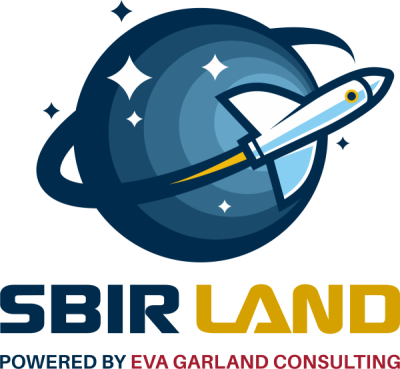The beating heart of the SBIR/STTR proposal is the Research Plan, a 6-20 page document that describes in detail your product development approach and rationale. While each agency has its own name and suggested organization for this document (see table below), there are some common key features of every successful plan. If you are a first-time SBIR/STTR applicant, you may be wondering exactly how to organize and what to include in this document. Examples of funded applications can be helpful tools; however, these can be hard to come by as most SBIR/STTR proposals contain proprietary information and are not publicly available. In this post, we will provide some helpful DOs and DON’Ts to make sure you address the crucial score-driving criteria in this section of your proposal.

Although the specific required sections in the Research Plan vary by agency, all successful applications will address a significant problem, provide an innovative solution, include a scientifically rigorous development plan, and result in a viable commercial product. Tips for conveying this information are provided here:
Significance. Successful SBIR/STTR Research Plans make a clear and concise case for the overall impact that their product will have on society. Why is your product important, to whom, and how will it change the world?
DO
- Introduce the specific problem or unmet need that your product will address
- Describe how your product will address the unmet need
- Highlight the financial and health/societal impact of your product
- Cite sources to support your statements
DON’T
- Define the market too broadly or fail to identify an actual customer
- Assume the reader is already aware of the unmet need
Innovation. It’s absolutely critical that you be able to articulate how your product is unique. In other words, how does your solution uniquely solve a problem where other efforts have failed?
DO
- Describe exactly what is novel and unique about your product
- Use a table to show how your product is different from competitors
DON’T
- Describe your product as an incremental or iterative improvement on an existing tech
Development Plan. For reviewers to be able to adequately judge the quality of your proposal, you will need to provide a technically detailed description of all research activities you intend to undertake, as well your success criteria at each step. Take this section seriously, and don’t skimp on the details!
DO
- Use sub-headings to organize this section and make it easy to follow
- Include preliminary data
- Describe your work plan in technical detail
- Address technical challenges with alternative approaches
- Include metrics of success for each aim/objective
- Include a simple timeline for the project
DON’T
- Leave out experimental controls, plans to reduce experimental bias, and scientific justification for your sample/cohort sizes
Commercial Opportunity. It is expected that SBIR/STTR projects will ultimately lead to the successful commercialization of a product. Show your reviewers that you have a plan in place for this eventuality and the resources in place to get there.
DO
- Describe your target market
- Identify competing products and key risks of development
- Outline your strategy to bring your product successfully to market
- Identify key individuals on your team that provide critical competencies
DON’T
- Assume that you have no competitors or risk
- Over-estimate your projected profit/revenue (be conservative)
Additional Resources
Some institutes within the NIH (e.g., NIAID) share redacted (funded) applications on their website that you can download and view. It can be helpful to see a successful example of putting these tips into practice! Sample NIAID applications can be found here: https://www.niaid.nih.gov/grants-contracts/sample-applications).
More detailed information on preparing competitive proposals is available in the following books:
Winning SBIR/STTR Grants: A Ten-Week Plan for Preparing your NIH Phase I Application
Winning SBIR/STTR Grants: A Twelve-Week Plan for Preparing your NIH Phase II Application
